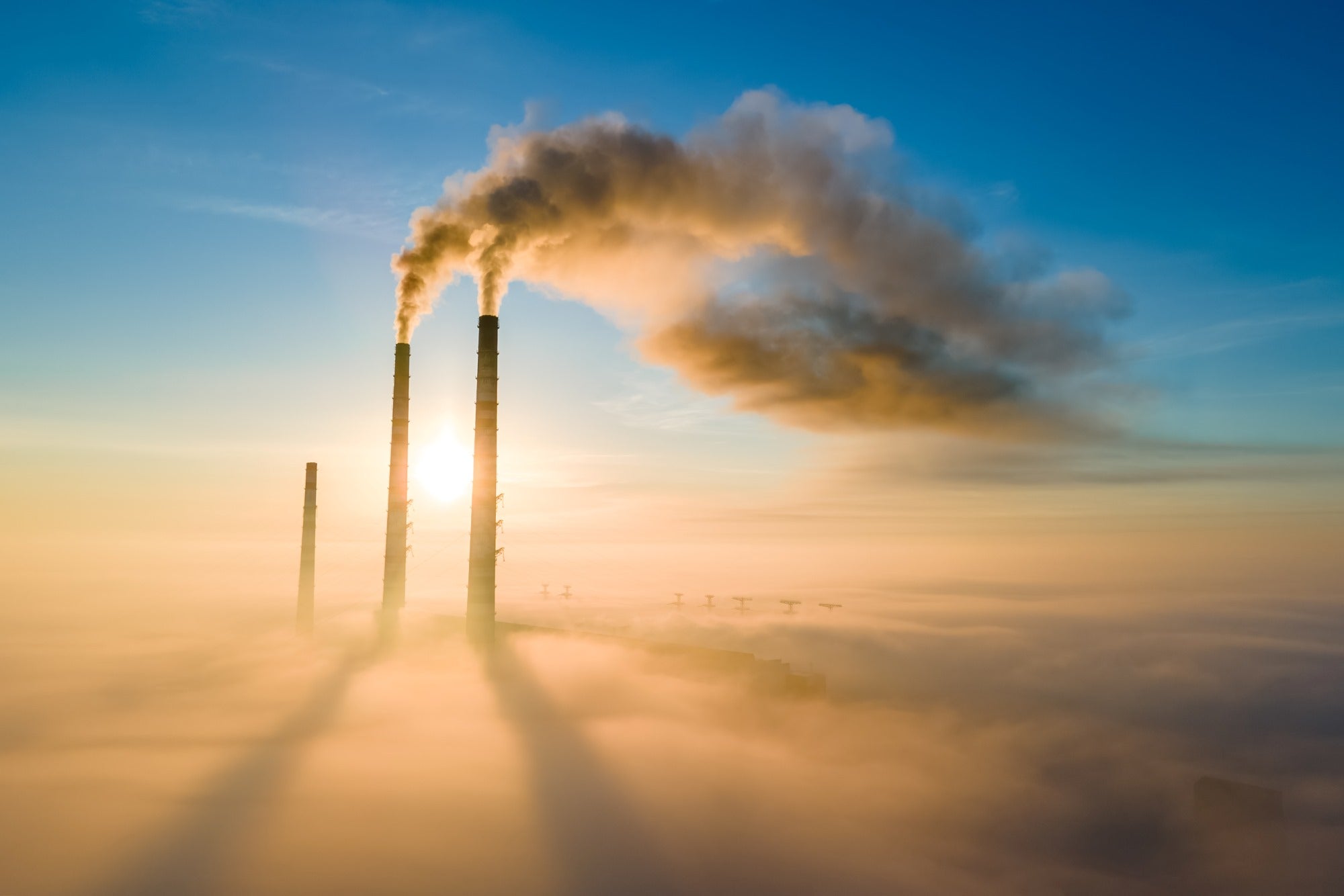
A new report suggests that we may soon reach the peak of global carbon emissions from the electricity sector. Research into 78 countries by think tank Ember has shown that in the first half of 2023, CO₂ emissions from the global power industry grew by a mere 0.2%, with wind and solar capacity hitting record levels.
However, this slow growth falls short of Ember’s prediction that fossil fuel power emissions would fall in 2023. Droughts in many countries caused an 8.5% decline in hydropower generation worldwide, and the resulting need to meet this shortfall using fossil fuel is theorised to be the cause of the electricity sector’s emissions increase. Ember’s report acknowledges the shaky future of hydropower as part of the clean energy mix, noting: “The global long-term outlook on the effect of climate change on hydro output is uncertain as effects of climate change on hydro potential are geographically varied.”
Wind and solar power growth needs to speed up
Wind and solar power fulfilled 14.3% of global electricity demand in the first six months of 2023, an increase of 1.5% from last year. However, this growth is well below what is needed to limit global warming to 1.5°C based on calculations by the International Energy Agency (IEA), and both wind and solar power capacity grew more slowly in the first half of 2023 than over the same period in 2022.
So far in 2023, wind and solar output have grown by 10% and 16%, respectively, a slower rate of growth than the 16% and 26% increases seen in the first six months of 2022. The IEA’s net zero emissions by 2050 scenario requires wind and solar capacities to grow by an average of 17% and 24%, respectively, each year between now and 2050. Current global electricity emissions and the slow growth of wind and solar raise concerns over the feasibility of these targets.
“The stakes have never been higher”
However, there are some positive signs. EU electricity sector emissions have fallen by 17% in H1 2023, following two years of emissions increases in the bloc. Despite this and other small slivers of hope, Ember concludes their report with a stern warning.
“Global emissions plateaued in the first half of 2023, an important first step in the electricity transition as the world seeks to ‘peak’ emissions and begin the process of decline,” it said. “However, power sector emissions need to be falling fast this decade, not just plateauing.
“As international calls for a tripling of renewables continue to grow ahead of COP28, the stakes have never been higher. Already in 2023, we have seen record-breaking global temperatures and accelerating impacts of climate change. Decarbonising electricity by accelerating wind and solar is the single biggest action we can take this decade to put the world back on track.”



